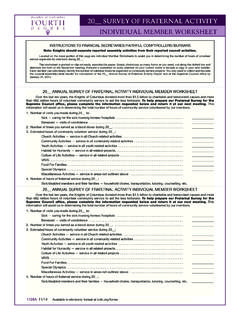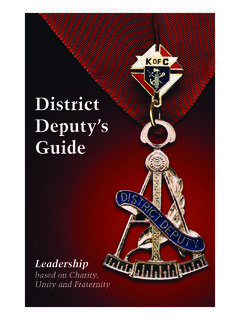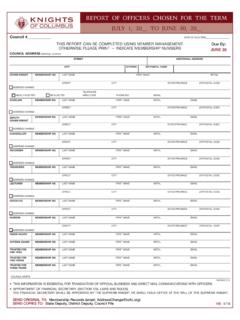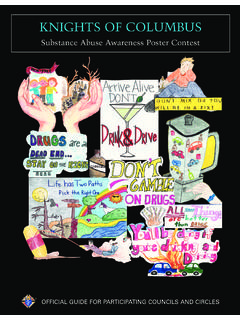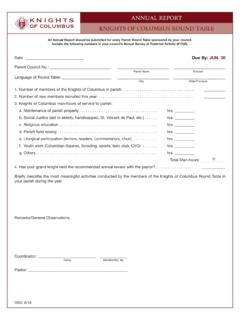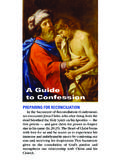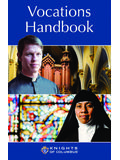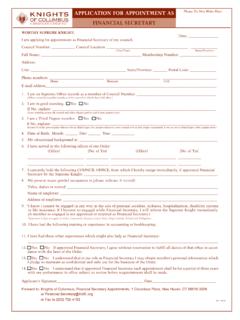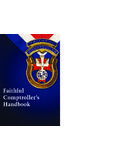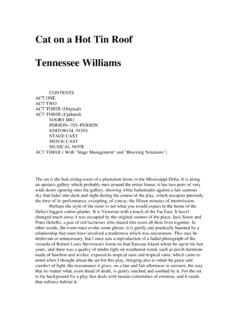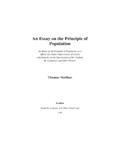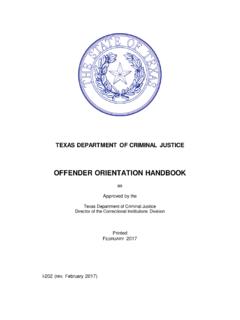Transcription of PROTOCOL HANDBOOK - KofC
1 PROTOCOL HANDBOOKPROTOCOL HANDBOOKPROTOCOL HANDBOOKPROTOCOL HANDBOOKPROTOCOL HANDBOOKPROTOCOL HANDBOOKPROTOCOL HANDBOOKPROTOCOL HANDBOOKTABLE OF CONTENTSP rotocol ..2 Council and Assembly Meetings ..2 Dignitaries at Meetings ..3 Council Meeting Chamber Setup ..4 Assembly Meeting Chamber Setup ..5 Dress for Meetings ..6 After the Meeting ..6 Relationship between the District Deputy and the Grand Knight ..6 Correspondence ..7 Invitations ..9 State Deputy or High Ranking Officer Visit ..10 Greeting Your Guests ..11 Introductions ..11 Speakers and Speeches ..12 Head Table ..14 Procession ..14 Council and Assembly Degree Order of Precedence ..15 PROTOCOL for Head Table Seating ..16 Flags ..18 Medals of Office ..22 Miniature Past and Former Medals ..22 Conclusion.
2 24 PROTOCOLBy definition, PROTOCOL is a system of rules that explain the correctconduct and procedures to be followed in formal situations. We canadd further that it covers anything that is proper and in good it s impossible to cite every rule governing all situations, byapplying formal courtesy you will never go wrong in those situationsnot covered in this should always display proper consideration for the officerepresented by the person. In no way should we let dislike for aperson influence our respect for the office he AND ASSEMBLY MEETINGSThe grand knight and faithful navigator must conduct their meetingsin accordance with the Charter, Constitution and Laws of the Knightsof Columbus, supplemented by your council s or assembly s by-laws andaccording to parliamentary procedure.
3 The standard reference on thesubject of procedure is Robert s Rules of Order. Please reference TheMethod of Conducting Council Meetings(#10318) and/or The Method ofConducting Assembly Meetings(#10325) for guidelines on how toconduct a council/assembly meeting, the order of business, andprotocols, including Robert s Rules of Order. Presiding officers shouldcontrol all meetings so that they follow the set agenda by limiting anysidebar discussion. When a member wishes to speak, he does so by rising from his seat,addressing the chair by saying Worthy Grand Knight or WorthyFaithful Navigator and renders the salute. (Representing the tree ofthe Cross, the member makes a vertical motion, with his arm andvertically opened hand, from top to bottom). The presiding officerrecognizes the speaker by announcing his name and rendering thesalute in return.
4 (Representing the arms of the Cross, the presidingofficer makes a horizontal motion, with his arm and horizontallyopen hand, from left to right).The presiding officer should at all times refer to and address theofficers by their proper title. He is thus setting a good example forall members to members who are not officers should be recognized by nameas Brother .. or Sir Knight .. All questions orcomments must be directed to the chair (the presiding officer), forexample: Worthy Grand Knight or Worthy Faithful Navigator mayI ask the previous speaker to explain.. The presiding officer always speaks in the third person such as Thechair rules that .. or Your Grand Knight or Faithful Navigatorreports that .. Members should speak of the chair in the third person: WorthyGrand Knight or Worthy Faithful Navigator will the chair pleaseexplain the effect of the pending motion?
5 DIGNITARIES AT MEETINGSWhen priests, state officers, district masters, district deputies, orspecial guests are present at a meeting they should be accorded duerecognition for the office or position they hold. They should alwaysbe seated in a place of a priest, state officer, district master, district deputy, or special guestshould arrive while a meeting is in progress; the presiding officer rapsthe gavel three times for all to stand and instructs the warden to escortthe guest to the station of the presiding officer. The presiding officerthen offers a seat of honor to the , a state officer, vice supreme master or district masteror district deputy, when present at his home council or assembly,need not be specifically recognized unless he has been invited toattend in his official capacity or requests to be so recognized.
6 Thiswill allow the officer to engage in the regular business of his homecouncil without involving the position he a general agent or field agent is present at a meeting, he shouldbe treated as a guest. He should be seated and introduced with ANDPROGRAMMINGDIRECTORS &CHAIRMENWARDENGRANDKNIGHTSTATE/PROVINCE FLAGK OF CFLAGCOUNCILBANNERTREASURERSALUTATION TABLECHANCELLORXXXXXXXDEPUTY GRAND KNIGHTMEMBERSMEMBERSMEMBERSOUTSIDE GUARDINSIDE GUARDENTRANCECHAPLAIN RECORDERADVOCATE LECTURERCOUNCIL MEETING CHAMBER SETUPF igure 15 NATIONALFLAGVATICANFLAGFAITHFULPURSERFAI THFULPILOTCOMMANDERVISITINGDIGNITARIESVI SITINGDIGNITARIESFAITHFULTRUSTEEFAITHFUL TRUSTEEFAITHFULTRUSTEEFAITHFULNAVIGATORS TATE/PROVINCEFLAGK OF CFLAGASSEMBLYBANNERFAITHFULCOMPTROLLERSI GNAL TABLEFAITHFULADMIRALFAITHFUL CAPTAINMEMBERSMEMBERSMEMBERSOUTSIDE SENTINELINSIDE SENTINELENTRANCEFAITHFULFRIARFAITHFULSCR IBEASSEMBLY MEETING CHAMBER SETUPF igure 26 DRESS FOR MEETINGSThe presiding officer.
7 In keeping with the dignity of his office, should beneatly and properly dressed. He should request that other officers dolikewise to set the proper dress code for the membership to THE MEETINGAll council or assembly officers should wear some form of identifyingtag or name plate. The officers should mingle with the members beforeand after the meeting. Every effort should be made to visit with thosewho have not attended meetings for some time. In addition, newmembers should be welcomed. RELATIONSHIP BETWEEN THE DISTRICT DEPUTYAND THE GRAND KNIGHTD istrict deputies are the representatives of the supreme knight andthe state deputy, and as such, grand knights and council officers shouldfamiliarize themselves with the respect due to the position the districtdeputy holds.
8 District deputies should be neatly and properly dressedwhen attending meetings or functions. When a district deputy visits acouncil or attends a function in his district, he should always be seatedin front, near the grand district deputy should notify the grand knights in his district,either through email or in writing and in advance (one week to tendays) when making an official visit so that all officers will be presentwith their books and deputies should instruct the grand knight and warden, ifnecessary, on proper chamber setup for council meetings. The districtdeputy may also need to advise officers on the proper PROTOCOL formembers during district deputy should always be called upon to speak and allmembers should rise when he is corresponding with others, email is the most cost effective andefficient means of communication.
9 However, email may not be themost appropriate means of communication in all typed memos or letters, on letterhead, should be utilizedand care should be taken to ensure that the letter writer uses properletter writing messages also need to be handled with care. Officers need tomake certain that their email address is appropriate along with thecontent contained within the email. Sending an email does not ensuredelivery to the intended recipient. Email is cost effective and can bean easy way for councils or assemblies to communicate, but it is nota guarantee of participation at an event. Email messages, as with letters,need to be clearly stated and have the main points separated. Makecertain that email messages that contain confidential information arenot broadcast to a large group.
10 Email messages cannot replace thepersonal contact of a phone call or personal means of social communications provide members of theKnights of Columbus with powerful tools that can build up yourcouncil by promoting its charitable mission and by encouragingmembers to live out their Catholic faith. The term socialcommunications refers to, among other things, the internet,the World Wide Web, and social media. The term social media includes blogs and microblogs, social networking sites, and pictureand video sharing sites, such as Twitter, Facebook, LinkedIn,Instagram, YouTube, and similar communications should be used in a manner consistent withCatholic values and principles of the Order. Members who use socialcommunications should carefully review and at all times observe theOrder s Social Communications Guidelines and Policy, which canbe found under the Social Communications tab on the Officer s DeskReference located in Officer s Online at The Guidelinesand Policy apply to members and subordinate units of the Order whenthey choose to identify themselves as members of the Knights ofColumbus or to discuss the work of the Knights of Columbus using8social communications.

